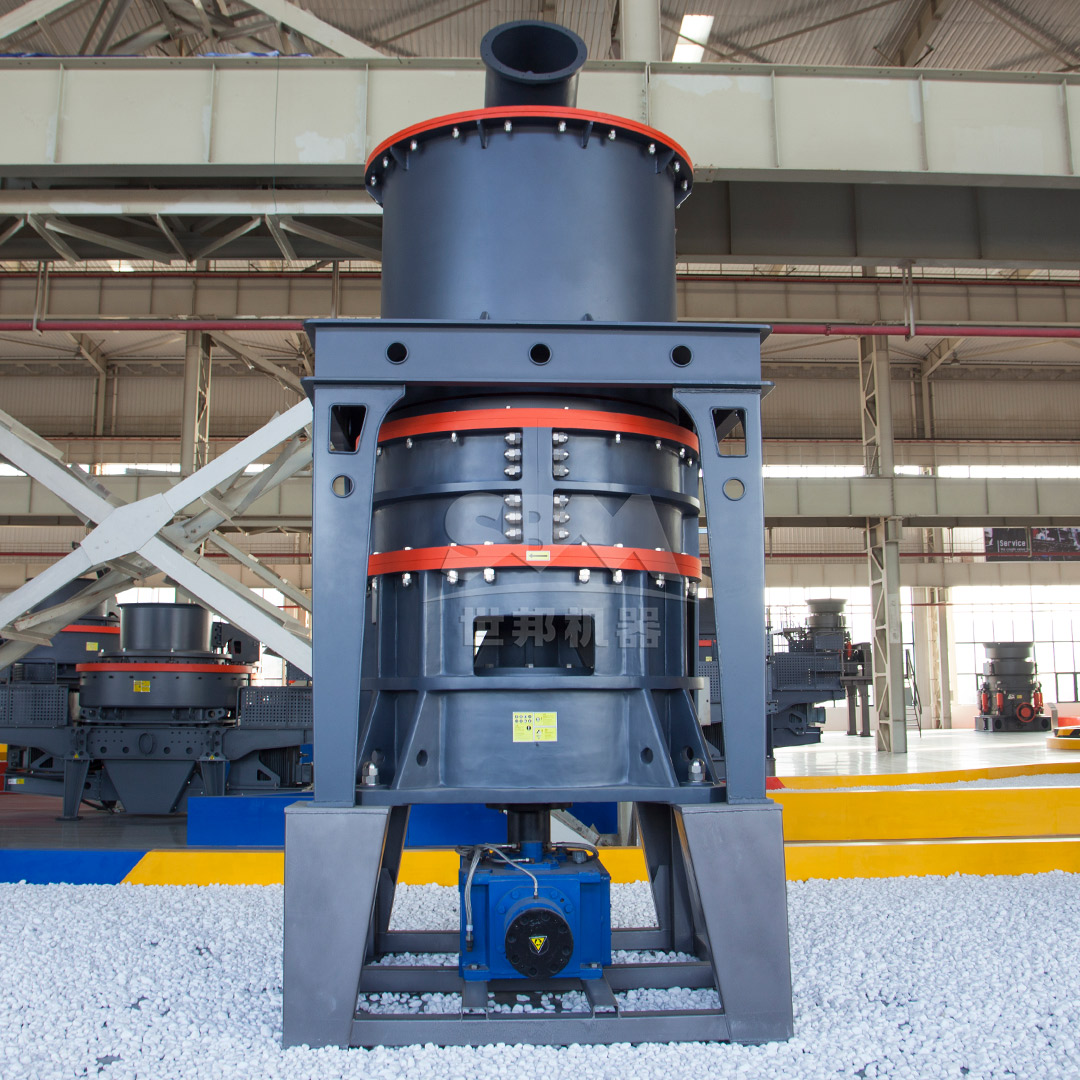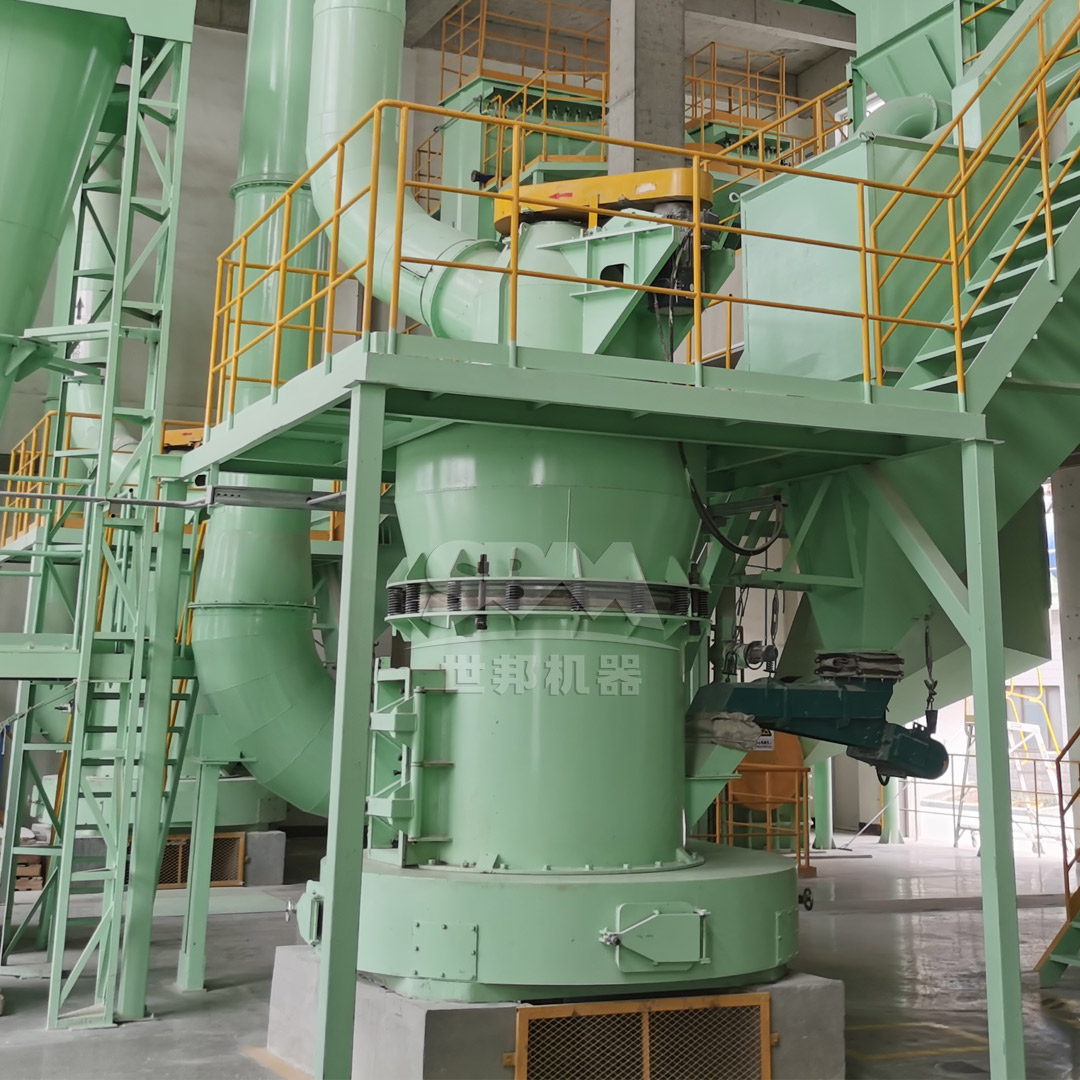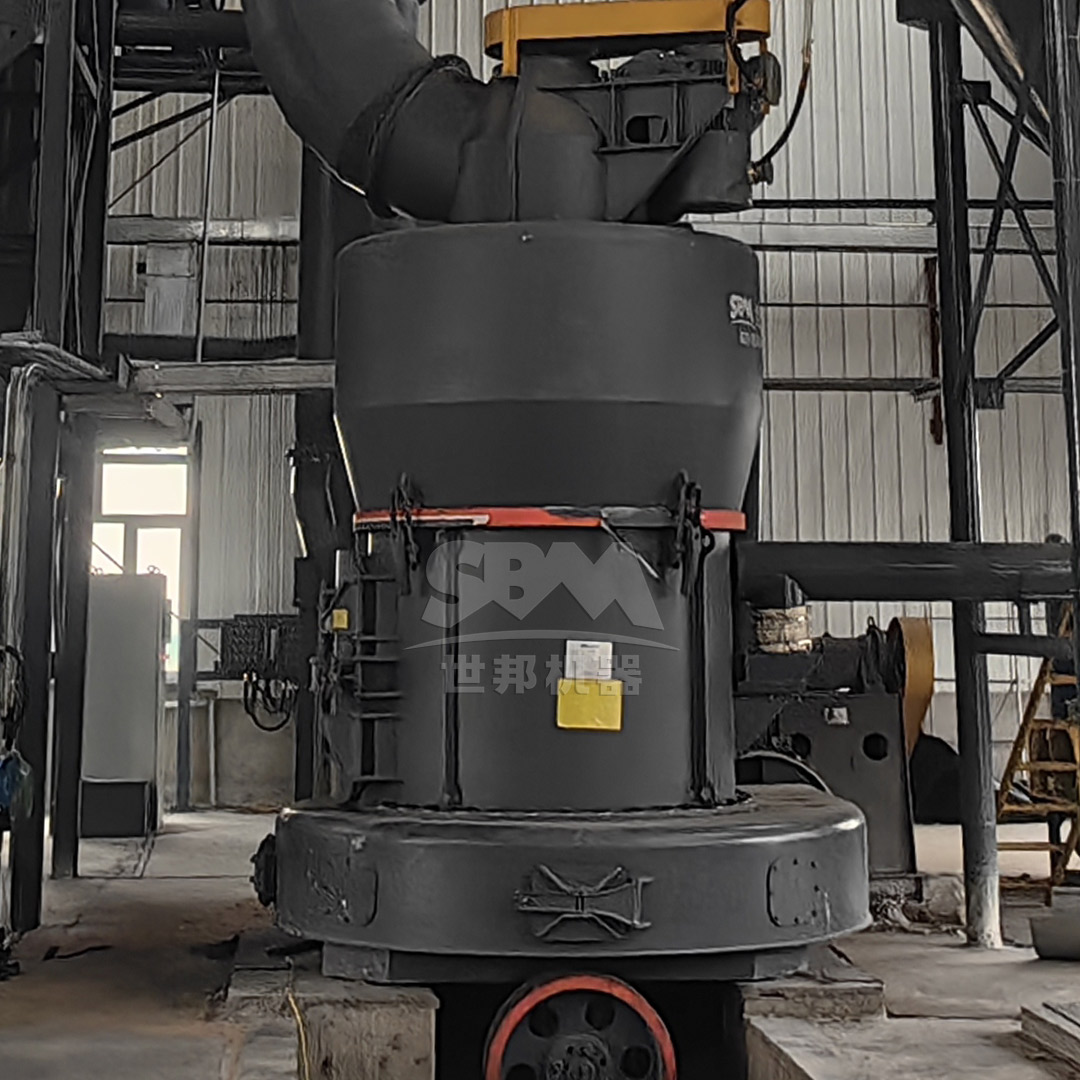The production of conductive plastic additives represents one of the most demanding applications in fine powder processing. Carbon black, as a key conductive filler, requires precise particle size control and uniform distribution to achieve optimal electrical conductivity in polymer matrices. The selection of appropriate grinding technology directly impacts product quality, production efficiency, and operational costs.
In conductive plastic applications, carbon black particles must achieve specific size parameters to form continuous conductive networks within the polymer matrix. Particles that are too large fail to create sufficient contact points, while excessively fine particles may agglomerate unevenly. The ideal particle size range for most conductive applications falls between 1-5 microns, with narrow size distribution being crucial for consistent performance.
Traditional grinding methods often struggle to achieve the required fineness while maintaining production efficiency. Jet mills, while capable of producing fine powders, suffer from high energy consumption and limited throughput. Ball mills can handle larger volumes but typically cannot achieve the sub-5-micron fineness required for optimal conductivity.
| Application | Required Fineness (D97) | Conductivity Requirement | Production Scale |
|---|---|---|---|
| Anti-static Packaging | 5-10 μm | 10^6-10^9 Ω/sq | Medium to Large |
| EMI Shielding | 1-3 μm | 10^2-10^4 Ω/sq | Small to Medium |
| Conductive Composites | 0.5-2 μm | 10^0-10^3 Ω/sq | Small to Large |
Modern carbon black grinding requires equipment that can balance multiple competing demands: ultra-fine particle size, high throughput, energy efficiency, and consistent quality. Several technological approaches have emerged to address these challenges.
The SCM Ultrafine Mill represents a significant advancement in carbon black processing technology. With its ability to produce powders in the 325-2500 mesh range (D97≤5μm), this system addresses the precise requirements of conductive plastic additives. The vertical turbine classifier ensures accurate particle size切割, eliminating coarse particle contamination that can compromise conductivity performance.

What sets the SCM series apart is its remarkable energy efficiency – achieving twice the output of jet mills while reducing energy consumption by 30%. For conductive plastic manufacturers operating at scale, this translates to substantial operational cost savings while maintaining product quality. The intelligent control system automatically monitors and adjusts for consistent fineness, a critical factor in conductive applications where batch-to-batch consistency directly impacts end-product performance.
When selecting grinding equipment for carbon black, several technical parameters must be carefully considered. The feed size compatibility ensures smooth material handling, while the output fineness directly correlates with conductivity performance. Throughput capacity must align with production requirements, and energy consumption impacts operational economics.
The SCM series offers multiple configurations to match varying production scales:
| Model | Capacity (ton/h) | Main Motor Power | Output Fineness | Suitable Application Scale |
|---|---|---|---|---|
| SCM800 | 0.5-4.5 | 75 kW | 325-2500 mesh | Pilot to Medium Production |
| SCM1000 | 1.0-8.5 | 132 kW | 325-2500 mesh | Medium Production |
| SCM1250 | 2.5-14 | 185 kW | 325-2500 mesh | Medium to Large Production |
| SCM1680 | 5.0-25 | 315 kW | 325-2500 mesh | Large Scale Production |
For operations requiring even higher throughput while maintaining fine control over particle size distribution, the LUM Ultra-fine Vertical Mill provides an excellent alternative. With its multi-rotor classification technology and unique roller shell design, this system achieves exceptional grinding efficiency while ensuring no coarse particles contaminate the final product.
Beyond the basic grinding process, several operational factors significantly impact the quality and consistency of carbon black additives for conductive plastics. Temperature control during grinding prevents thermal degradation of the carbon structure, which can compromise conductivity. Moisture management ensures proper dispersion in subsequent plastic compounding processes.
The grinding system’s ability to handle variations in raw material quality is another critical consideration. Natural variations in carbon black feedstocks require equipment that can compensate and maintain consistent output quality. The SCM series’ intelligent control system provides this adaptability through real-time monitoring and adjustment of operational parameters.

Dust control represents both an environmental and quality consideration. Proper containment prevents product loss and ensures workplace safety. The pulse dust collection systems in modern grinding equipment achieve efficiency rates exceeding international standards, with emissions controlled below 20mg/m³.
A leading European compounder specializing in conductive plastics for automotive applications recently transitioned from traditional jet milling to the SCM Ultrafine Mill system. The implementation addressed several persistent challenges in their production process.
Prior to the upgrade, the company struggled with inconsistent conductivity in their carbon black-filled polypropylene compounds. Analysis revealed significant variations in particle size distribution between batches, directly correlating with fluctuations in surface resistivity measurements. The jet mill system, while capable of achieving the required fineness, lacked the consistency needed for automotive-grade materials.
After installing the SCM1000 system, the company documented measurable improvements across multiple parameters. Particle size distribution narrowed significantly, with D97 values consistently maintained at 3.5-4.2 microns. This improvement translated to more predictable conductivity, with surface resistivity variation reduced from ±35% to ±8% between batches.
Equally important were the operational benefits. Energy consumption decreased by approximately 32% compared to the previous jet milling system. Throughput increased by 40% despite the finer target particle size. Maintenance requirements decreased due to the more robust construction and absence of high-wear components like nozzles in jet mills.
The evolution of conductive plastic applications continues to drive advancements in grinding technology. Emerging applications in flexible electronics, wearable devices, and advanced EMI shielding require even finer particle sizes and tighter distribution controls. The ongoing miniaturization of electronic components demands conductive additives that can maintain performance at reduced loading levels.
Next-generation grinding systems are incorporating advanced sensor technology and machine learning algorithms to further optimize the grinding process. Real-time particle size analysis, integrated directly into the grinding circuit, enables instantaneous adjustments to maintain target specifications. These developments promise even greater consistency and efficiency in conductive additive production.
Sustainability considerations are also shaping equipment design. Energy recovery systems, reduced water consumption in cooling applications, and comprehensive dust management all contribute to more environmentally responsible manufacturing. The latest grinding systems achieve not only technical excellence but also align with broader corporate sustainability goals.

The choice between different grinding technologies depends on multiple factors specific to each operation. Production volume, target particle size, quality consistency requirements, and operational cost structure all influence the optimal equipment selection.
For most conductive plastic applications requiring ultra-fine carbon black additives, the SCM Ultrafine Mill series provides an excellent balance of precision, efficiency, and reliability. Its ability to consistently produce powders in the 325-2500 mesh range (D97≤5μm) addresses the core requirements of conductive applications. The vertical classification system ensures narrow particle size distribution, while the energy-efficient design controls operational costs.
For operations with extremely high volume requirements or those processing multiple material types, the LUM Ultra-fine Vertical Mill offers additional flexibility. Its robust construction and advanced control systems make it suitable for demanding production environments where uptime and consistency are paramount.
Ultimately, the successful implementation of any grinding technology requires careful consideration of both technical specifications and operational realities. Partnering with experienced equipment suppliers who understand the unique demands of conductive additive production ensures that the selected system delivers not only specified performance but also long-term reliability and support.